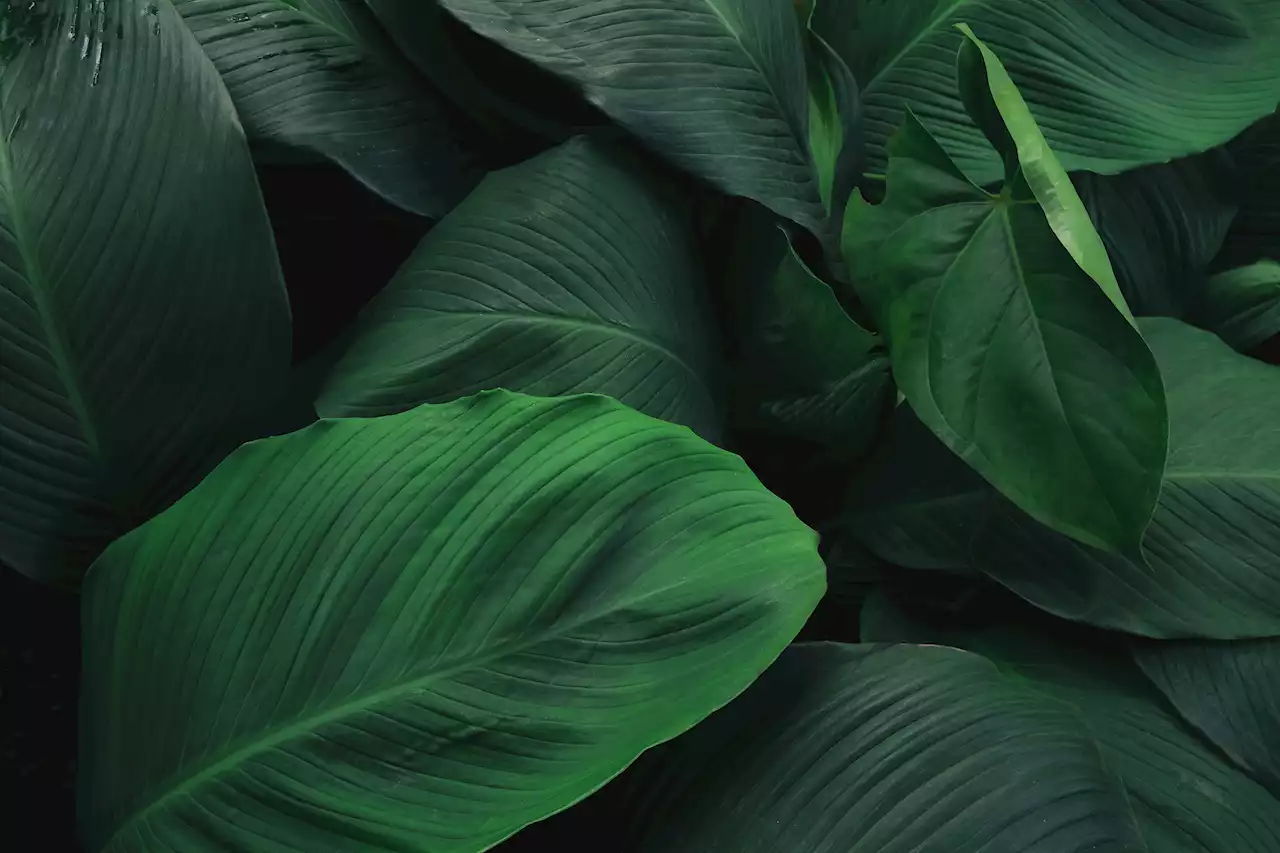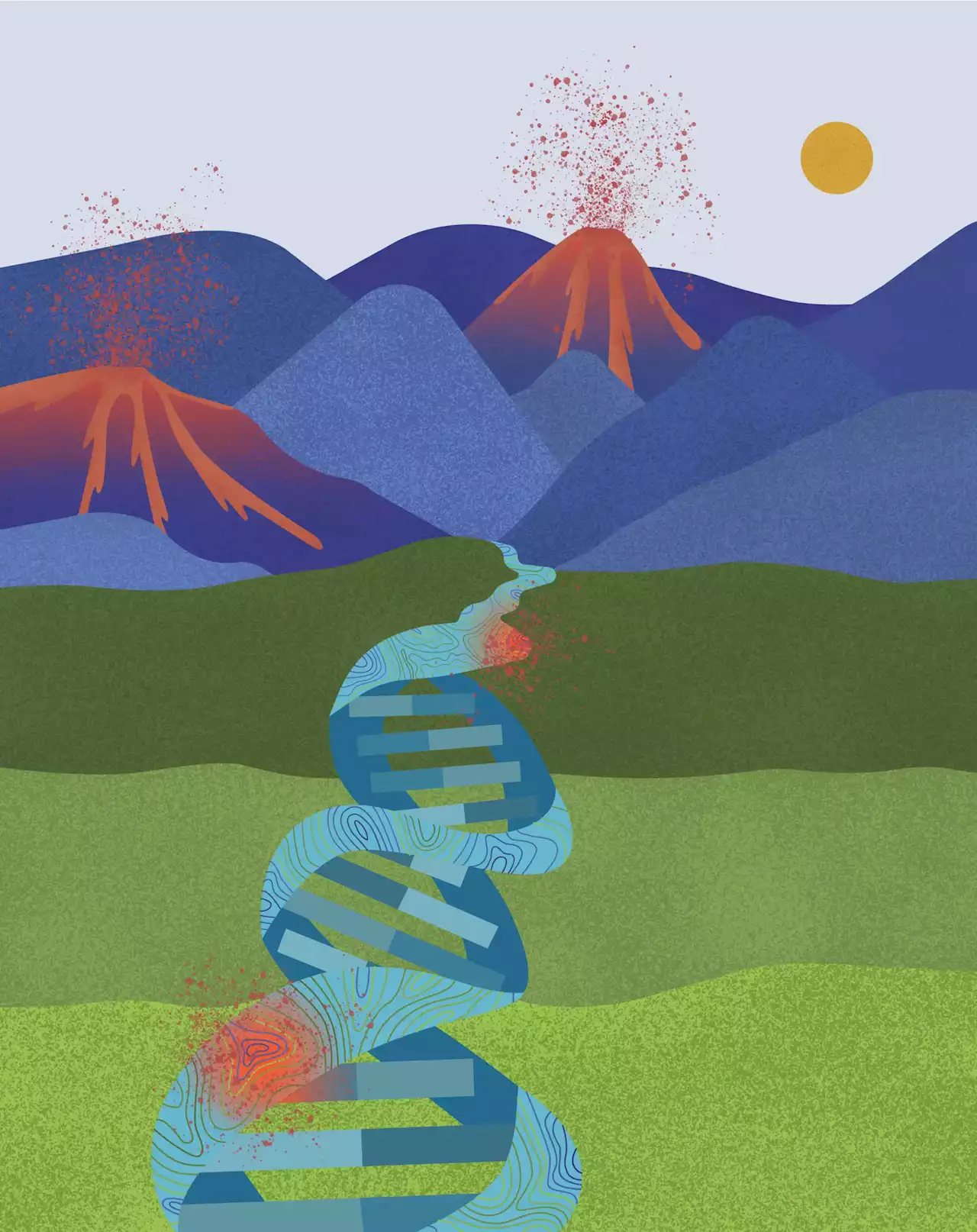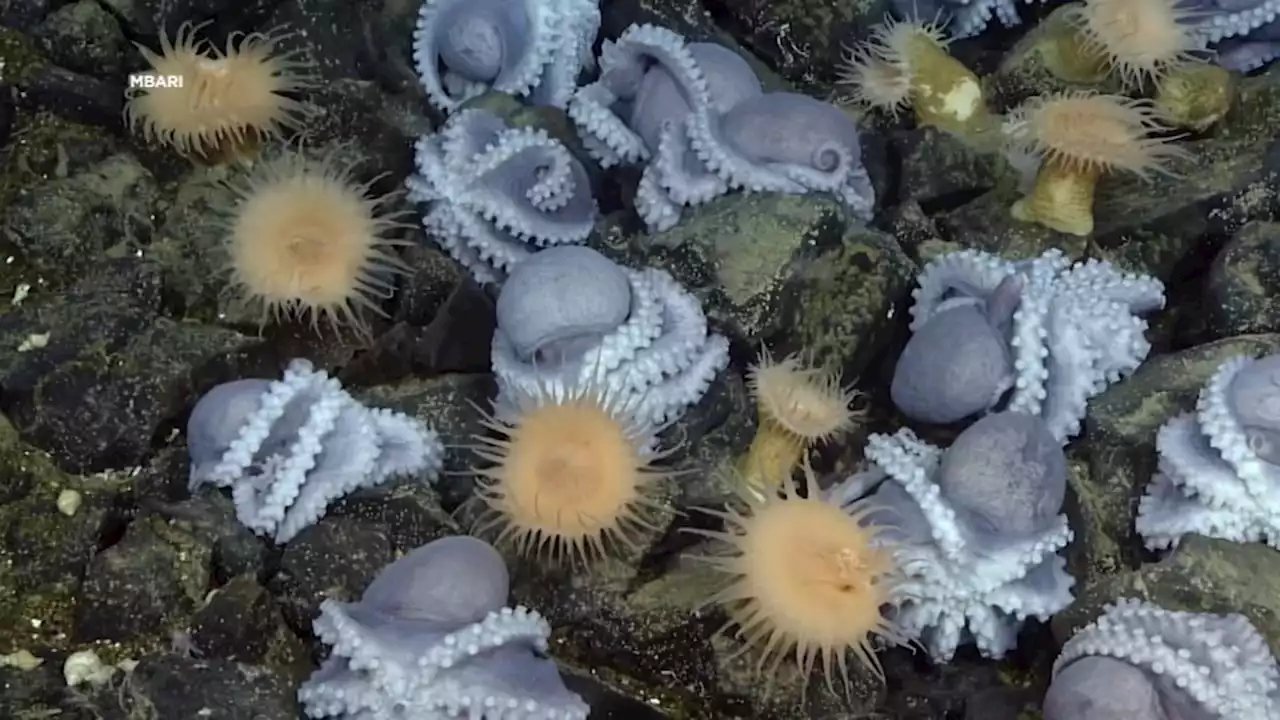Researchers from Delft established a way to address many quantum dots with only a few control lines using a chessboard-like method. This enabled the operation of the largest gate-defined quantum dot system ever. Their result is an important step in the development of scalable quantum systems for practical quantum technology. They publish their results in Nature Nanotechnology.
requires its own addressing line and dedicated control electronics. This is highly unpractical and in stark contrast with today's computer technology, where billions of transistors are operated with a couple of thousand lines.Researchers at QuTech—a collaboration between the TU Delft and TNO—have developed a similar method for addressing.
Any point on a chessboard can be defined and addressed by using a specific combination of a letter and a number. Their approach takes the state-of-the-art to the next level and enables the operation of a 16 quantum dot system in a 4×4 array. First author Francesco Borsoi explains,"This new way of addressing quantum dots is advantageous for scaling up to many qubits. If a single qubit is controlled and read out using a single wire, millions of qubits will require millions of control lines. This approach does not scale very well."
"However, if qubits can be controlled using our chessboard-like system, millions of qubits could be addressed using 'only' thousands of lines, corresponding to a ratio very similar to those in computer chips. This reduction in lines gives prospects to scale the number of qubits and represents a breakthrough for quantum computers, that eventually will require millions of qubits.
, as the interaction of quantum dots is based on the principles of quantum mechanics. It turns out that quantum dot systems may be highly effective for quantum simulation.
South Africa Latest News, South Africa Headlines
Similar News:You can also read news stories similar to this one that we have collected from other news sources.
 Researchers invented a ‘solar leaf’ that harvests 13% more energy from the SunResearchers have created a bio-inspired, hybrid 'solar leaf' that mimics the functions of a leaf to harvest more energy from the Sun.
Researchers invented a ‘solar leaf’ that harvests 13% more energy from the SunResearchers have created a bio-inspired, hybrid 'solar leaf' that mimics the functions of a leaf to harvest more energy from the Sun.
Read more »
 Unexpected Findings: Researchers Uncover Connection Between Human Genome Topography and Cancer MutationsScientists from the University of California San Diego have discovered a link between the topography of the human genome and the presence of mutations in human cancer. They found that certain regions of the genome, which exhibit unique features, act as hotspots for the accumulation of mutations.
Unexpected Findings: Researchers Uncover Connection Between Human Genome Topography and Cancer MutationsScientists from the University of California San Diego have discovered a link between the topography of the human genome and the presence of mutations in human cancer. They found that certain regions of the genome, which exhibit unique features, act as hotspots for the accumulation of mutations.
Read more »
 CHLA researchers look to stem cells to repair insulin loss in kids, potential cure for diabetesIn a patient with Type 1 diabetes, the pancreas does not make insulin because their immune system attacks the islet cells, the cells that make insulin. CHLA researchers are working on ways to replace those cells.
CHLA researchers look to stem cells to repair insulin loss in kids, potential cure for diabetesIn a patient with Type 1 diabetes, the pancreas does not make insulin because their immune system attacks the islet cells, the cells that make insulin. CHLA researchers are working on ways to replace those cells.
Read more »
 Natural ways to lower high blood pressure might be better than medicine, researchers sayA blood pressure reading of 130 over 80 or more is considered high and if not controlled, it can lead to an increased risk of heart disease and stroke. However, there are natural ways you can lower your blood pressure without medications.
Natural ways to lower high blood pressure might be better than medicine, researchers sayA blood pressure reading of 130 over 80 or more is considered high and if not controlled, it can lead to an increased risk of heart disease and stroke. However, there are natural ways you can lower your blood pressure without medications.
Read more »
 Researchers propose using pulsars to localize gravitational wave sourcesCurrent gravitational wave observatories have two significant limitations. The first is that they can only observe powerful gravitational bursts such as the mergers of black holes and neutron stars. The second is that they can only observe these mergers for wavelengths on the order of hundreds to thousands of kilometers. This means we can only observe stellar mass mergers. Of course, there's a lot of interesting gravitational astronomy going on at other wavelengths and noise levels, which has motivated astronomers to get clever. One of these clever ideas is to use pulsars as a telescope. Research has been published on the pre-print server arXiv.
Researchers propose using pulsars to localize gravitational wave sourcesCurrent gravitational wave observatories have two significant limitations. The first is that they can only observe powerful gravitational bursts such as the mergers of black holes and neutron stars. The second is that they can only observe these mergers for wavelengths on the order of hundreds to thousands of kilometers. This means we can only observe stellar mass mergers. Of course, there's a lot of interesting gravitational astronomy going on at other wavelengths and noise levels, which has motivated astronomers to get clever. One of these clever ideas is to use pulsars as a telescope. Research has been published on the pre-print server arXiv.
Read more »
 Researchers use underwater technology in Bay Area to unlock mysteries of rare octopus gardenThousands of octopus moms are protecting their newly laid eggs on the ocean floor of the Monterey Bay National Marine Sanctuary.
Researchers use underwater technology in Bay Area to unlock mysteries of rare octopus gardenThousands of octopus moms are protecting their newly laid eggs on the ocean floor of the Monterey Bay National Marine Sanctuary.
Read more »
